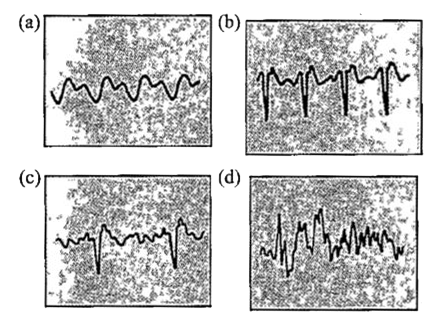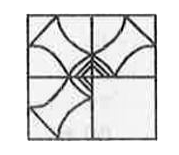Answer the following questions.
Sounds which are unpleasant or disturbing to the ears.
Step-by-Step Solution:
1. Understanding the Question: The question asks for the term used to describe sounds that are unpleasant or disturbing to the ears.
2. Identifying the Term: The term used for such sounds is "noise".
3. Characteristics of Noise: Noise is characterized by being unpleasant and often painful to hear. It can cause discomfort and can be difficult to tolerate.
4. Decibel Level: Sounds that are classified as noise typically have a high decibel level. For instance, sounds over 80 decibels are often considered to contribute to noise pollution.
5. Noise Pollution: Noise can lead to a condition known as noise pollution, which is similar to other forms of pollution like air and water pollution. It is the presence of excessive or harmful levels of noise in the environment.
6. Examples of Noise: Common sources of noise include construction sites, jet planes, loud music, and traffic. These are environments where loud sounds can be prevalent and disturbing.
7. Conclusion: Therefore, sounds that are unpleasant or disturbing to the ears are referred to as "noise".
Final Answer: Sounds which are unpleasant or disturbing to the ears are known as noise.
---
Topper's Solved these Questions
- SOUNDBOOK - PEARSON IIT JEE FOUNDATIONCHAPTER - SOUNDEXERCISE - Track your Learning-I
6 Videos
- SOUNDBOOK - PEARSON IIT JEE FOUNDATIONCHAPTER - SOUNDEXERCISE - Track your Learning-II
10 Videos
- MOCK TESTBOOK - PEARSON IIT JEE FOUNDATIONCHAPTER - MOCK TESTEXERCISE - MULTIPLE CHOICE QUESTIONS
25 Videos
- SOURCES OF ENERGY BOOK - PEARSON IIT JEE FOUNDATIONCHAPTER - SOURCES OF ENERGY EXERCISE - Concept Application (Level 2)
20 Videos
Similar Questions
Knowledge Check
In the following question , which answer figure will complete the question figure ?
 A
A B
B C
C D
D
Answer the following questions by selecting the most appropriate option.
The balance in the environment gets disturbed, ifAindescriminate killing of wildlife is bannedBdeforestation and soil erosion continueCthe relative number of species is not disturbedDhuman activities continue to preserve natural habitatsThe membrane of a drum vibrates to produce sound. Similarly the strings of a sitar vibrates to produce sound. Based on these two examples answer the following question. Which part of a whistle vibrates to produce sound ?
Abody of whistleBairCmouth of the personDall of the above
The figure given below shows the images of sound waves. Look at them and answer the following questions

Which two sounds were produced by the same instrument ?
View SolutionDirections : In the following questions, which answer figure will complete the pattern in the question figure?

View SolutionIn each of the following questions, which answer figure will complete the pattern in the question figure?

View SolutionIn each of the following questions, which answer figure will complete the pattern in the question figure ?

View SolutionIn each of the following questions, which answer figure will complete the pattern in the question figure?

View Solution


